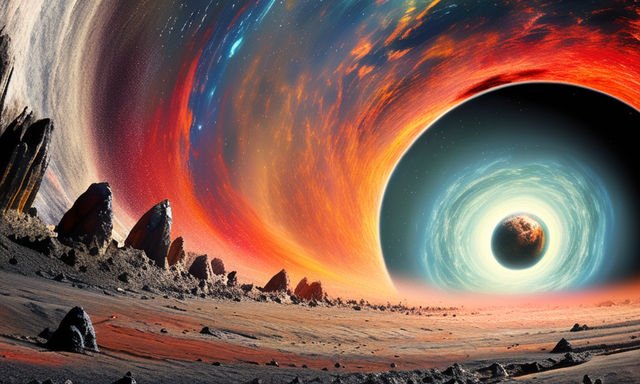The life expectancy of black holes

The known black holes are divided into stellar-mass black holes and supermassive, stellar-mass black holes are created when a massive star of more than 30 solar masses reaches the end of its life, which is much shorter than that of small stars. like the sun and then that massive star explodes in a supernova, expelling its outer layers and compressing its core, which sinks under the action of gravity.

If you wonder what happens between 2.25 masses and 3 solar masses, that is one of the great mysteries of astronomy. It could be something intermediate or something different from what we know. It is a question that most astronomers ask. I would like to answer, whoever discovers what is happening will have a ticket to get a Nobel, but the point is that at the moment the black holes that we know have at least three solar masses, there are no smaller ones or at least we have not found them until now. date.

Souce
NASA has published a graph that explains what the life expectancy of a black hole would be depending on its size and what diameter its event horizon or successor horizon would have, for example, a black hole with a human mass of about 70 kg. weight would be subatomic in size and would end up evaporating in just 0.41 seconds; A black hole with the mass of the Great Pyramid of Egypt would be the size of a proton and would live only 381,000 years. If we compressed the mass of Mount Everest, the highest mountain on Earth, we would have a black hole the width of 33 uranium atoms. and its existence would be about a billion years.
Thank you for visiting my blog. If you like posts about #science, #planet, #politics, #rights #crypto, #traveling and discovering secrets and beauties of the #universe, feel free to Follow me as these are the topics I write about the most. Have a wonderful day and stay on this great platform :) :)
Black holes are mind bending. I think humans should launch an expedition to one of them. But that won't happen for a very long time.
Yes, they are fascinating, an object that years ago was theoretical, and now we are certain that it is real.
If its existence was uncertain, imagine what it contains.
Thanks for your contribution to the STEMsocial community. Feel free to join us on discord to get to know the rest of us!
Please consider delegating to the @stemsocial account (85% of the curation rewards are returned).
You may also include @stemsocial as a beneficiary of the rewards of this post to get a stronger support.